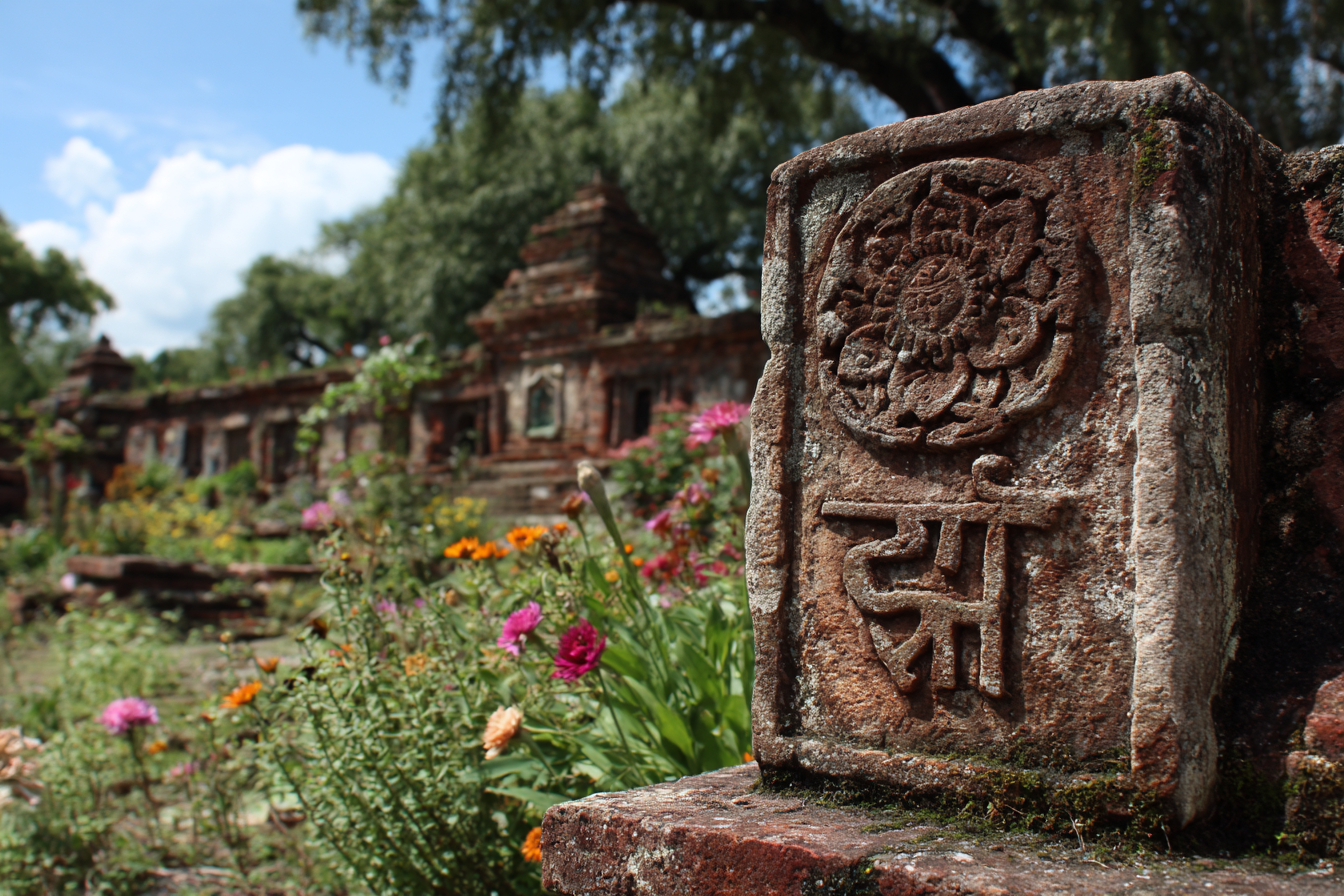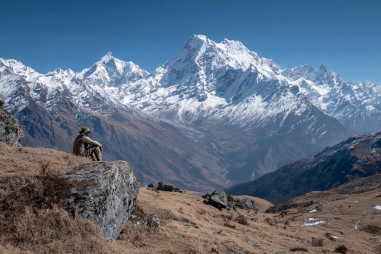Lumbini, the revered birthplace of Gautama Buddha, holds a significant place not only in the hearts of those who follow Buddhism but also in the global cultural and historical tapestry. Recognized as a UNESCO World Heritage Site, Lumbini is more than just a sacred pilgrimage spot; it is a symbol of peace, spiritual awakening, and ancient heritage. This recognition shines a spotlight on its invaluable contributions to human history and culture. In this article, we’ll explore why Lumbini earned its status as a UNESCO site, what treasures it holds, and how it is lovingly preserved for generations to come.
Understanding UNESCO and the Significance of World Heritage Sites
Before diving into the story of Lumbini, it’s important to understand what UNESCO World Heritage Sites represent. UNESCO, the United Nations Educational, Scientific and Cultural Organization, designates selected locations around the world as World Heritage Sites to protect places of outstanding universal value. These sites can be natural wonders or cultural landmarks, and the goal is to preserve the heritage that defines human civilization or the natural world in exemplary ways.
Being listed as a World Heritage Site means that an area or monument is recognized for its cultural, spiritual, or environmental significance and is protected under international conventions. This status not only honors the site’s importance but also puts in place frameworks to safeguard it against threats like urbanization, neglect, or environmental degradation. For travelers, a UNESCO tag is often a signpost to places steeped in history, culture, and unique stories worth exploring.
The Historical and Cultural Value of Lumbini
Lumbini is widely accepted as the birthplace of Siddhartha Gautama, who later became known as the Buddha, the enlightened one. His teachings laid the foundation for Buddhism, one of the world’s major religions. Located in southern Nepal, Lumbini has been a pilgrimage site for over two millennia, attracting devotees from across the globe.
The significance of Lumbini extends beyond religious reverence. It represents a milestone in human spiritual history — the place where the quest for enlightenment began. This tiny region, nestled amidst fertile plains and tranquil surroundings, has inspired countless followers to pursue paths of peace, compassion, and mindfulness through the ages. Archeological excavations have uncovered ancient monasteries, stupas, and inscriptions dating back to King Ashoka’s reign in the 3rd century BCE, further cementing Lumbini’s role as a cradle of Buddhist heritage.
Key UNESCO-Listed Monuments and Zones in Lumbini
The UNESCO designation encompasses several important monuments and zones that together tell the story of Buddha’s early life and the region’s historical evolution. Among the most notable are:
- The Maya Devi Temple: This temple marks the exact spot where Queen Maya Devi gave birth to Siddhartha Gautama. Sacred and simple, it houses ancient ruins and is the spiritual heart of Lumbini.
- The Sacred Garden: Surrounding the Maya Devi Temple, the Sacred Garden holds archaeological remains such as the Ashokan pillar. King Ashoka erected this pillar around 249 BCE to commemorate his visit to Lumbini, making it one of the oldest historical records linking the site to Buddha’s life.
- Monastic Zones: The site includes both an Eastern and Western monastic zone, where different Buddhist traditions have constructed monasteries reflecting their cultural styles—ranging from Tibetan to Theravada designs—offering a peaceful atmosphere for meditation and study.
- The Lumbini Museum: This museum provides visitors with insight into the history of Buddhism, the archaeological discoveries at Lumbini, and the cultural context of the region.
Collectively, these elements showcase Lumbini’s layers of religious, historical, and architectural significance.
Preservation Efforts and Challenges in Protecting Lumbini
Being a UNESCO World Heritage Site comes with responsibilities to ensure its long-term preservation. Over the years, conservationists, archaeologists, and local authorities have worked diligently to protect Lumbini’s unique heritage while enabling sustainable access for visitors and pilgrims.
One major challenge has been balancing the preservation of ancient remains with the increasing influx of tourists and religious devotees. Urban growth and infrastructure development must be carefully planned to avoid disrupting the tranquility and authenticity of the site. Natural factors like monsoon rains also pose threats to exposed ruins and require ongoing maintenance efforts.
Additionally, Lumbini’s transnational religious significance means multiple stakeholders, including Nepalese government agencies and international Buddhist communities, collaborate to maintain the site’s sanctity and promote cultural understanding. Continuous monitoring, restoration projects, and awareness campaigns have been crucial in safeguarding Lumbini’s integrity.
Visitor Guidelines to Protect the Site
Visitors play a vital role in preserving the sanctity and condition of Lumbini. To ensure that the experience remains genuine and respectful, several guidelines have been established:
- Respect the spiritual atmosphere by maintaining silence and refraining from loud conversations or disruptive behavior.
- Follow designated pathways to prevent damage to archaeological remains and gardens.
- Avoid touching ancient structures and historical artifacts to prevent wear and tear.
- Dispose of waste responsibly and use available recycling facilities to keep the site clean.
- Dress modestly as a sign of respect, given the religious nature of the site.
- Photography is generally allowed in many areas but should be avoided during meditation or prayer sessions.
By observing these rules, visitors help maintain Lumbini’s peaceful environment and contribute to its preservation for future generations.
How UNESCO Designation Enhances Tourism and Local Economy
Since its inscription on the World Heritage List in 1997, Lumbini has seen a steady rise in international tourism, drawing Buddhist pilgrims, historians, archaeologists, and general travelers alike. The UNESCO tag acts as a seal of authenticity and importance, encouraging more global awareness and visits.
This increase in tourism has positively impacted the local economy by creating jobs in hospitality, guiding services, and local crafts. Infrastructure improvements related to transport, accommodation, and visitor facilities have been implemented, benefiting both tourists and residents.
More importantly, tourism based on cultural heritage prompts efforts from stakeholders to invest in conservation and education initiatives. It raises awareness not just of Lumbini’s spiritual legacy but also of Nepal’s rich cultural diversity, fostering international friendship and understanding.
Safeguarding Lumbini’s Legacy for the Future
Lumbini stands as a living testament to the birthplace of one of humanity’s greatest spiritual leaders. Its UNESCO World Heritage status has helped protect and promote this invaluable site, ensuring it is not lost to time or neglect. As the world becomes more connected, preserving places like Lumbini bridges cultures and faiths, serving as global reminders of peace and enlightenment.
Safeguarding Lumbini means respecting its past and nurturing its future. It requires ongoing cooperation between governments, religious organizations, scholars, and visitors. Through responsible tourism, cultural education, and preservation efforts, we can all contribute to maintaining Lumbini’s tranquil aura and profound heritage. For anyone seeking to explore the roots of Buddhism or simply to witness a place of profound historical significance, Lumbini offers an unparalleled journey into spirituality and history.







